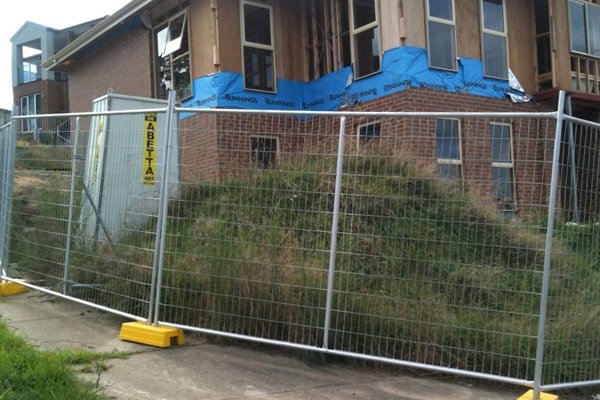 TEL:
+86-13102802206
TEL:
+86-13102802206
 Email:
fencenetting@china.com
Email:
fencenetting@china.com
 Language
Language
 TEL:
+86-13102802206
TEL:
+86-13102802206
 Email:
fencenetting@china.com
Email:
fencenetting@china.com
 Language
Language


Site Safety Fencing Ensuring Protection and Compliance
In the realm of construction and site management, safety is paramount. One of the essential aspects of maintaining a secure environment on a construction site is the implementation of site safety fencing. This critical element acts as a barrier that not only secures the perimeter but also enhances overall safety for workers, visitors, and the public.
Site safety fencing serves several key purposes. First and foremost, it delineates the boundaries of the construction area, effectively keeping unauthorized personnel out. This is essential in preventing accidents that could occur if individuals inadvertently wander into hazardous zones. By establishing a clear boundary, site safety fencing reduces the risk of injuries and ensures that only trained professionals are allowed access.
Moreover, safety fencing plays a crucial role in safeguarding equipment and materials from theft and vandalism. Construction sites can be targets for opportunistic thieves seeking to take advantage of expensive machinery or materials left unattended. By erecting robust fencing, site managers can deter criminal activity and secure valuable assets, ultimately saving time and money.

Another significant advantage of site safety fencing is its contribution to compliance with local regulations and safety standards. Many jurisdictions require construction sites to be adequately fenced as part of their safety protocols. Failure to comply with these regulations can result in fines, legal issues, and delays in project timelines. Therefore, investing in appropriate fencing not only promotes safety but also ensures that the project adheres to all necessary laws and guidelines.
In addition to physical barriers, modern site safety fencing options often include features such as signage and visibility measures. Warning signs indicating hazardous areas, prohibitory notices, and safety guidelines can be prominently displayed on the fencing itself. Visibility is essential; thus, incorporating reflective materials or bright colors helps to alert nearby traffic and pedestrians of the construction activities, thereby reducing the likelihood of accidents.
Furthermore, site safety fencing is adaptable. Depending on the specific needs of a project, various types of fencing can be employed, including chain-link fencing, mesh barriers, or solid panels. Each type offers different levels of security and visibility, allowing project managers to choose the most suitable option based on the site conditions and requirements.
In summary, site safety fencing is a vital component of any construction project. It provides a secure perimeter, protects against unauthorized access, safeguards equipment, ensures compliance with regulations, and enhances visibility through signage. By prioritizing the establishment of effective safety fencing, construction managers not only foster a safer working environment but also contribute to the overall success of the project. As construction continues to evolve, the importance of site safety fencing remains a constant, serving as a fundamental barrier against accidents, theft, and regulatory infractions. Investing in this critical aspect of site management ultimately paves the way for safer and more efficient construction practices.